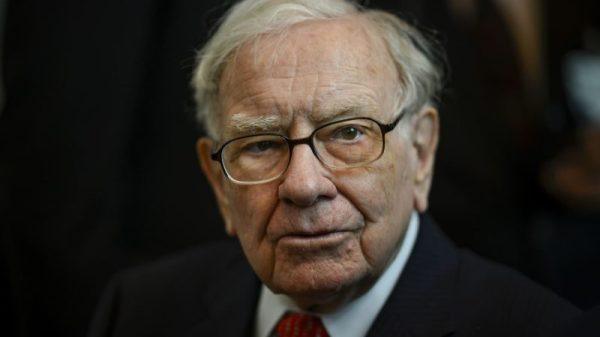Investing.com — The majority of gig workers worked for only one to three months in the past year, according to Bank of America’s recent note.
The report, based on internal deposit account data, finds that nearly half of gig workers earned income from these platforms for just one month over the last year, while 74% worked three months or fewer.
Despite the flexibility and accessibility of gig jobs, these findings suggest that most individuals turn to gig work to supplement spending rather than as a consistent income source.
Bank of America’s aggregated spending data further illustrates this trend. In September 2024, gig workers exhibited a 23% higher median discretionary spending than non-gig workers, while their necessity spending—covering rent, groceries, and other essentials—was only 5% higher.
This discrepancy highlights that many gig workers use these roles to supplement their discretionary purchasing power, such as dining out, travel, and electronics, rather than relying on gig income for day-to-day expenses.
The gig economy’s participation rate among Bank of America’s deposit customers has grown modestly, rising to 3.8% in September 2024 from 2.8% in September 2019. However, its overall scale remains small and stable.
Within the gig categories, ridesharing and social commerce saw a year-over-year uptick.
For social commerce, the annual increase “could be due in part to increased consumer demand for thrifted items bought via social commerce sites, which mirrors the broader trend of consumers trading down on goods in order to spend on experiences,” the report states.
Meanwhile, food delivery participation has slightly declined, possibly reflecting consumer sensitivity to the rising costs associated with delivery services.
The share of income from vacation rentals has been consistently minimal, “likely as rising real estate prices remain a high barrier of entry and international tourism remains strong,” BofA notes.
Another key finding is that gig workers overwhelmingly stick to a single gig platform. Over 92% of gig workers earned income from just one platform in September 2024, a number that has remained stable despite minor increases in the share of workers participating in two or more gigs.
“Overall, the stability in gig employment is likely a good thing for the labor market,” BofA concludes.
“Although it’s not likely to be a major driver of full-time employment, it can be especially helpful for those looking to supplement their household’s spending or for people who need flexible work arrangements.”



































